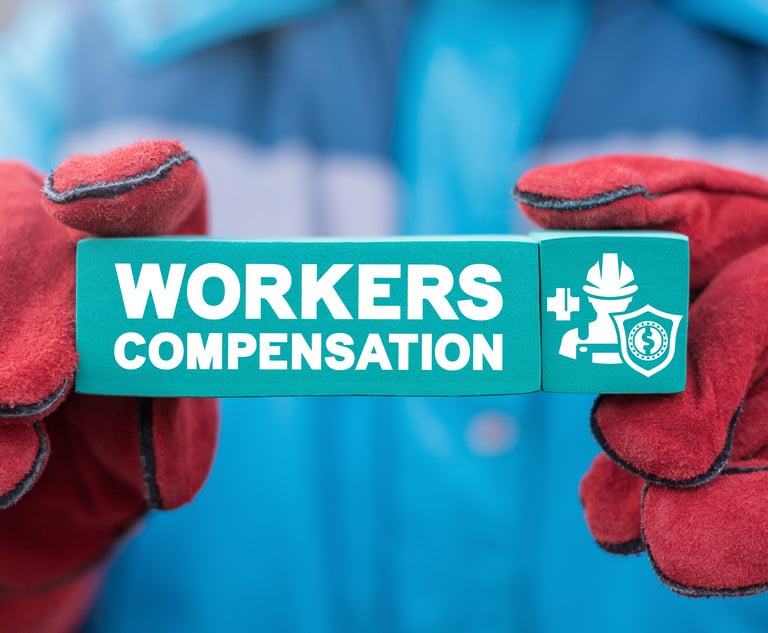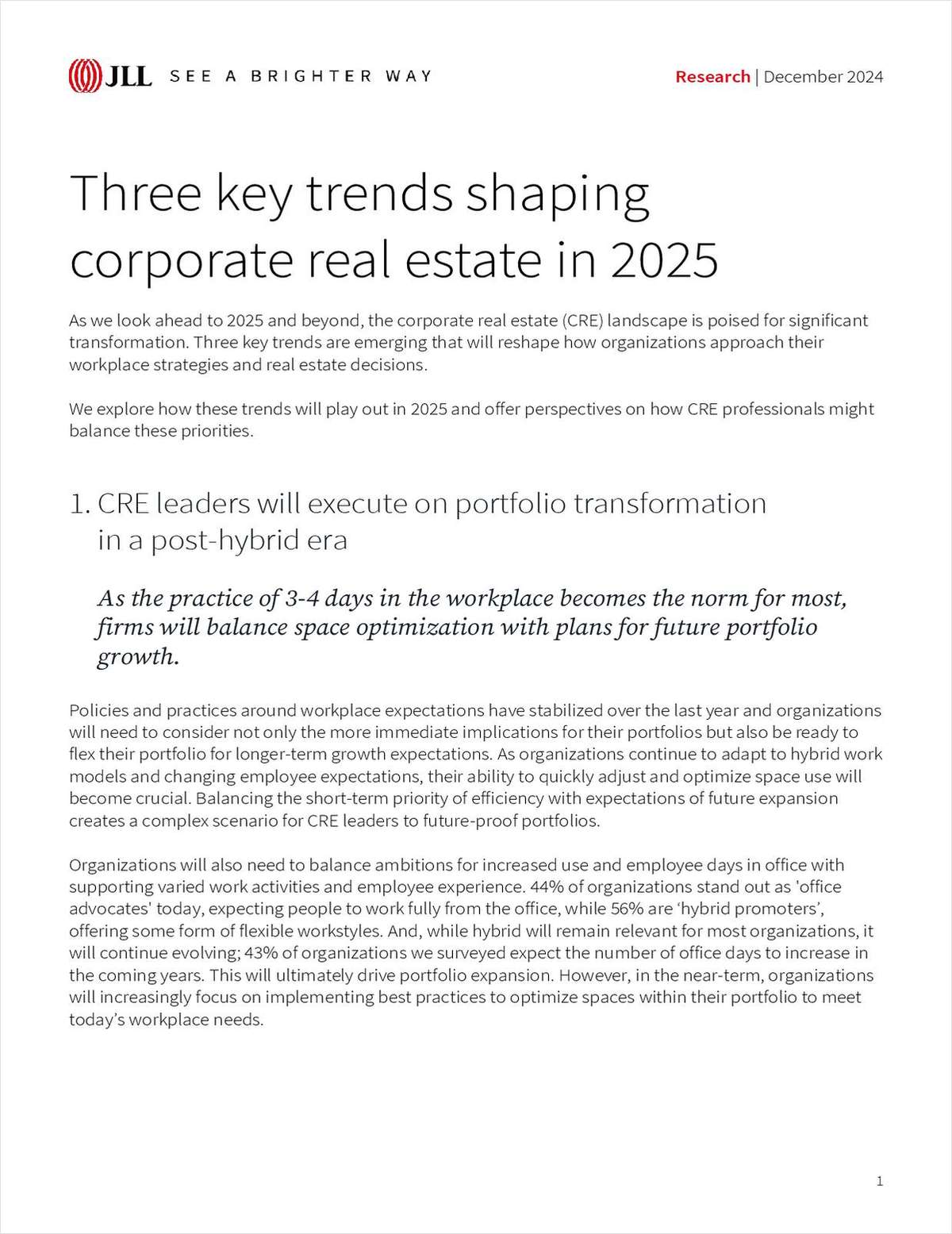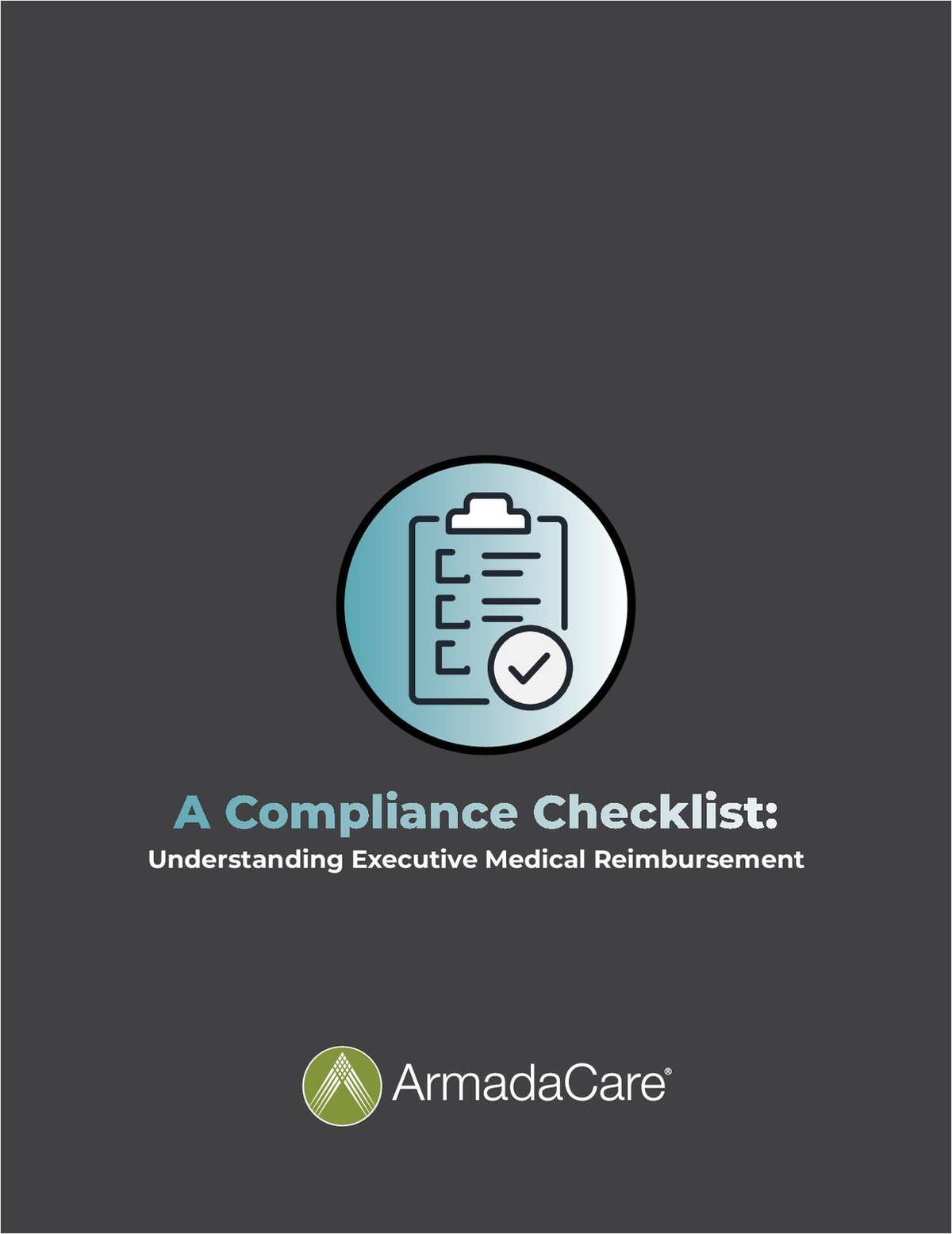Examining High Court's Decision Limiting Crumbling Foundation Coverage to Homes in 'Imminent Danger' of Collapse
The Connecticut Supreme Court recently issued a decision essentially foreclosing insurance coverage in crumbling concrete cases except in the most extreme instances.
December 02, 2019 at 05:03 PM
7 minute read
The original version of this story was published on Law.com
 Steven Meyerowitz
Steven Meyerowitz
This story is reprinted with permission from the Insurance Coverage Law Center, the industry's only comprehensive digital resource designed for insurance coverage law professionals. Visit the website to subscribe.
Although recognizing the "seriousness of the crumbling foundations problem" and the "gravity of the problem" for so many Connecticut homeowners, the Connecticut Supreme Court recently issued a decision essentially foreclosing insurance coverage for this type of damage except in the most extreme cases.
The Case
In 2010, Steven and Gail Karas purchased their home in the town of Vernon, Connecticut. Their home had been built in 1984 and, as the court explained, the Karases were among hundreds of homeowners in northeastern Connecticut whose foundations were constructed using concrete manufactured by J.J. Mottes Concrete Company. The court noted that, according to a study commissioned by the state of Connecticut and conducted by the Department of Consumer Protection, the stone aggregate used in Mottes concrete between 1983 and 2010 contained significant amounts of pyrrhotite, a ferrous mineral that oxidizes in the presence of water and oxygen to form expansive secondary minerals that crack and destabilize the concrete, resulting in its premature deterioration.
In October, 2013, the Karases discovered that their basement walls were cracking and crumbling in the manner typical of Mottes concrete. On November 15, 2013, they submitted a claim to their homeowners' insurance carrier, Liberty Insurance Corporation.
Liberty denied the claim and the Karases sued. They alleged that Liberty had breached the collapse provisions of their insurance policy by declining to compensate them for the purported collapse of their basement walls. The Karases also alleged a breach of the covenant of good faith and fair dealing and violations of the Connecticut Unfair Insurance Practices Act ("CUIPA") and the Connecticut Unfair Trade Practices Act ("CUTPA").
The Karases asserted that they were entitled to payment under their policy because the deterioration of the concrete within their basement walls constituted hidden decay that so substantially impaired the walls' structural integrity that they were in a state of collapse as the Connecticut Supreme Court had defined that term in Beach v. Middlesex Mutual Assurance Co., 532 A.2d 1297 (Conn. 1987).
The case reached the Connecticut Supreme Court, where it considered the following questions:
- Is "substantial impairment of structural integrity" the applicable standard for "collapse" under the [Karases' homeowners'] insurance policy?
- If the answer to question one is yes, then what constitutes "substantial impairment of structural integrity" for purposes of applying the "collapse" provision of [the Karases' homeowners'] insurance policy?
- Under Connecticut law, [does] the [term] "foundation". . . in a [homeowners'] insurance policy unambiguously include basement walls? If not, and if [that term is] ambiguous, should extrinsic evidence as to the meaning of "foundation" . . . be considered?
The Connecticut Supreme Court's Decision
The court first held that Beach's substantial impairment standard applied to the collapse provision of the Karases' homeowners' insurance policy. Next, it ruled that the "substantial impairment of structural integrity" standard required proof that the home was in imminent danger of falling down. Third, the court concluded that the term "foundation" unambiguously encompassed the home's basement walls.
The court explained that the issue it addressed in Beach was whether a house that was still standing but "in imminent danger of falling over" could nevertheless be deemed to be in a state of collapse for purposes of a homeowners' insurance policy that excluded losses resulting from "settling, cracking, shrinkage, bulging or expansion" unless a "collapse of a building . . . not otherwise excluded ensue[d]. . . ." The court said that because of the factual context in which the Beaches' claim of coverage was made, it had no reason to consider whether a building that was not in any imminent danger of falling over also could be found to be in a state of collapse under the same insurance policy.
The court added that, in light of the facts of Beach and the cases it relied on in adopting the substantial impairment standard, a requirement that the building "must be in imminent danger of falling down" was implicit in its holding in Beach. It agreed with the following explication set forth by the Washington Supreme Court in Queen Anne Park Homeowners Ass'n v. State Farm Fire & Casualty Co., 352 P.3d 790 (Wash. 2015):
"[C]ollapse" must mean something more than mere "settling, cracking, shrinking, bulging or expansion." . . . Also, we note that "structural integrity" of a building means a building's ability to remain upright and "substantial impairment" means a severe impairment. Taken together, "substantial impairment" of "structural integrity" means an impairment so severe as to materially impair a building's ability to remain upright. Considering the [p]olicy as a whole, [the court] conclude[s] that "substantial impairment of structural integrity" means the substantial impairment of the structural integrity of all or part of a building that renders all or part of the building unfit for its function or unsafe and, in this case, means more than mere settling, cracking, shrinkage, bulging, or expansion.
The Connecticut Supreme Court said that, to conclude otherwise, would not only nullify the exclusion contained in the Liberty policy for losses related to "settling, cracking, shrinkage, bulging or expansion" but would strip the term "collapse" of its "natural and ordinary meaning."
It therefore disagreed with the Karases that Beach supported the view that the substantial impairment standard could be satisfied "merely by evidence that a building will eventually fall down," even if it was "in no present danger of doing so," and likely could be "safely occupied for years, if not decades, into the future."
Therefore, the court held, to meet the substantial impairment standard, an insured whose home had not "actually collapsed" must present evidence demonstrating that the home nevertheless was "in imminent danger of such a collapse." The court noted that whether this evidence satisfied the standard in any particular case necessarily would depend on the "specific facts of the case and the strength and credibility of the expert testimony adduced by the insured and the insurer."
Finally, the court rejected the Karases' contention that the coverage exclusion in the Liberty policy for the collapse of the home's "foundation" did not include the basement walls of their home but, rather, only meant the footings beneath the basement walls. The court concluded that the term "foundation" in the Karases' homeowners' insurance policy "unambiguously" included their basement walls and that the collapse provision in their policy applied to any foundation located on their property, including the one beneath their house.
The case is Karas v. Liberty Ins. Corp., No. SC 20149 (Conn. Nov. 12, 2019). Attorneys involved include: Michael D. Parker, pro hac vice, with whom was Jeffrey R. Lindequist, for the appellants (plaintiffs). Robert A. Kole, pro hac vice, with whom was Kieran W. Leary, for the appellee (defendant). Paul R. Doyle and Kevin P. Walsh filed a brief for Connecticut Senator Paul R. Doyle as amicus curiae. Wystan M. Ackerman filed a brief for the American Insurance Association et al. as amici curiae. Thomas O. Farrish filed a brief for the Insurance Association of Connecticut as amicus curiae. Ryan M. Suerth, Marilyn B. Fagelson, Proloy K. Das and Sarah Gruber filed a brief for United Policyholders as amicus curiae.
Insurance Coverage Law Center Comment
On the same day the court decided Karas, it also issued two other decisions in crumbling concrete cases. See Vera v. Liberty Mutual Fire Ins. Co., No. SC 20178 (Conn. Nov. 12, 2019) ("substantial impairment of structural integrity" standard required showing that building was in imminent danger of falling down or caving in, that is, in imminent danger of an actual collapse); Jemiola v. Hartford Casualty Ins. Co., No. SC 19978 (Conn. Nov. 12, 2019) (policy's collapse provisions "unambiguously" foreclosed coverage).
Steven A. Meyerowitz, a Harvard Law School graduate, is the founder and president of Meyerowitz Communications Inc.. He may be contacted at smeyerowitz@
This content has been archived. It is available through our partners, LexisNexis® and Bloomberg Law.
To view this content, please continue to their sites.
Not a Lexis Subscriber?
Subscribe Now
Not a Bloomberg Law Subscriber?
Subscribe Now
NOT FOR REPRINT
© 2025 ALM Global, LLC, All Rights Reserved. Request academic re-use from www.copyright.com. All other uses, submit a request to [email protected]. For more information visit Asset & Logo Licensing.
You Might Like
View All
Inherent Diminished Value Damages Unavailable to 3rd-Party Claimants, Court Says
3 minute read
'They Are Never Going to Learn': Geico Not Protected by Litigation Privilege
3 minute read
Total Incapacity Benefits Are Available Postretirement, Connecticut Supreme Court Says
4 minute readTrending Stories
- 1Thursday Newspaper
- 2Public Notices/Calendars
- 3Judicial Ethics Opinion 24-117
- 4Rejuvenation of a Sharp Employer Non-Compete Tool: Delaware Supreme Court Reinvigorates the Employee Choice Doctrine
- 5Mastering Litigation in New York’s Commercial Division Part V, Leave It to the Experts: Expert Discovery in the New York Commercial Division
Who Got The Work
J. Brugh Lower of Gibbons has entered an appearance for industrial equipment supplier Devco Corporation in a pending trademark infringement lawsuit. The suit, accusing the defendant of selling knock-off Graco products, was filed Dec. 18 in New Jersey District Court by Rivkin Radler on behalf of Graco Inc. and Graco Minnesota. The case, assigned to U.S. District Judge Zahid N. Quraishi, is 3:24-cv-11294, Graco Inc. et al v. Devco Corporation.
Who Got The Work
Rebecca Maller-Stein and Kent A. Yalowitz of Arnold & Porter Kaye Scholer have entered their appearances for Hanaco Venture Capital and its executives, Lior Prosor and David Frankel, in a pending securities lawsuit. The action, filed on Dec. 24 in New York Southern District Court by Zell, Aron & Co. on behalf of Goldeneye Advisors, accuses the defendants of negligently and fraudulently managing the plaintiff's $1 million investment. The case, assigned to U.S. District Judge Vernon S. Broderick, is 1:24-cv-09918, Goldeneye Advisors, LLC v. Hanaco Venture Capital, Ltd. et al.
Who Got The Work
Attorneys from A&O Shearman has stepped in as defense counsel for Toronto-Dominion Bank and other defendants in a pending securities class action. The suit, filed Dec. 11 in New York Southern District Court by Bleichmar Fonti & Auld, accuses the defendants of concealing the bank's 'pervasive' deficiencies in regards to its compliance with the Bank Secrecy Act and the quality of its anti-money laundering controls. The case, assigned to U.S. District Judge Arun Subramanian, is 1:24-cv-09445, Gonzalez v. The Toronto-Dominion Bank et al.
Who Got The Work
Crown Castle International, a Pennsylvania company providing shared communications infrastructure, has turned to Luke D. Wolf of Gordon Rees Scully Mansukhani to fend off a pending breach-of-contract lawsuit. The court action, filed Nov. 25 in Michigan Eastern District Court by Hooper Hathaway PC on behalf of The Town Residences LLC, accuses Crown Castle of failing to transfer approximately $30,000 in utility payments from T-Mobile in breach of a roof-top lease and assignment agreement. The case, assigned to U.S. District Judge Susan K. Declercq, is 2:24-cv-13131, The Town Residences LLC v. T-Mobile US, Inc. et al.
Who Got The Work
Wilfred P. Coronato and Daniel M. Schwartz of McCarter & English have stepped in as defense counsel to Electrolux Home Products Inc. in a pending product liability lawsuit. The court action, filed Nov. 26 in New York Eastern District Court by Poulos Lopiccolo PC and Nagel Rice LLP on behalf of David Stern, alleges that the defendant's refrigerators’ drawers and shelving repeatedly break and fall apart within months after purchase. The case, assigned to U.S. District Judge Joan M. Azrack, is 2:24-cv-08204, Stern v. Electrolux Home Products, Inc.
Featured Firms
Law Offices of Gary Martin Hays & Associates, P.C.
(470) 294-1674
Law Offices of Mark E. Salomone
(857) 444-6468
Smith & Hassler
(713) 739-1250











